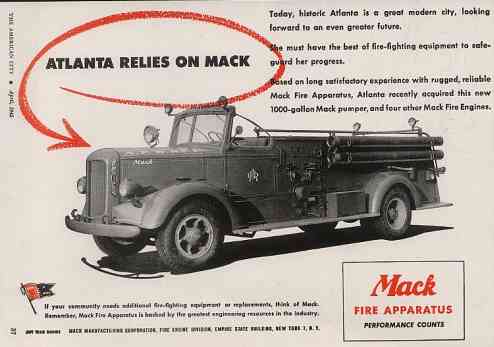





The Underwood Hills area was conceived as a neighborhood as early as 1902, when it was dubbed Northside Park, but construction in this area, on the edge of the city, didn’t pick up steam until the 1920’s. Many residents then were employed by the Seaboard Coastline Railroad. Their brick and frame cottages and bungalows reflected modest lifestyles.
Building in the neighborhood continued through the post World War 11 boom. But construction of I-75 removed some houses and turned the area into a residential island surrounded by the highway and major commercial corridors.
In the 1970’s and 1980’s, residents fought numerous rezoning battles to contain an explosion of high density projects along Defoor Ave. and Collier Rd. The 1990’s brought a resurgence of new single family homes as buyers sought close in property.
Underwood Hills Park is located at 1845 Harper Street
It is 10.7 acres
(DEC) lat: 33.8064941
(DEC) long: -84.4165947
elev. 876 ft.
(DMS) lat: 334823N
(DMS) long: 0842500W

Mack Fire Apparatus
ad from The American City
April 1945


Area: 1,264 sq. miles

